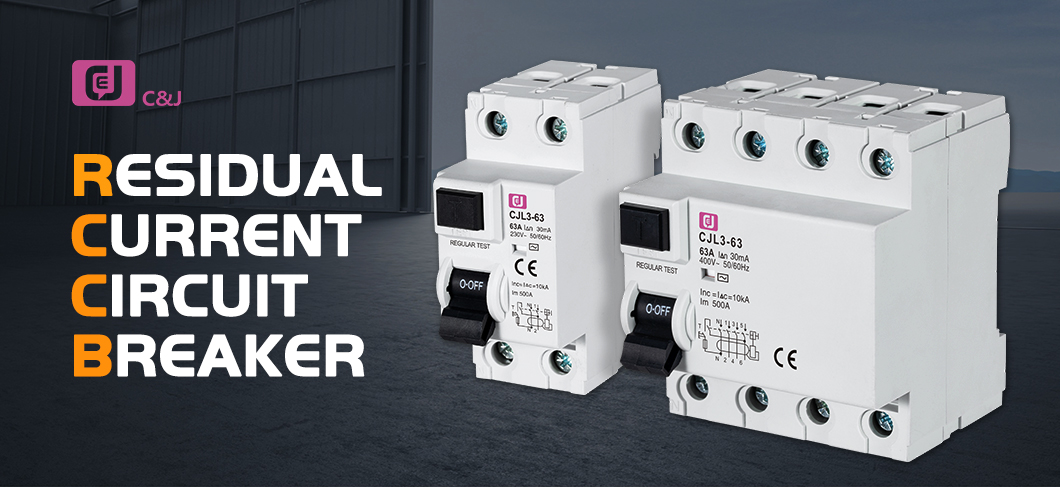Understanding RCCB Protection Circuits: A Guide to Electrical Safety
In the world of circuits and safety, RCCBs (residual current circuit breakers) play a vital role in protecting people and property from electrical hazards. Understanding how RCCB protection circuits work is critical to ensuring electrical safety in homes, offices and industrial environments.
An RCCB is a device designed to quickly disconnect power when leakage current is detected, which can occur when an electrical system malfunctions or when a person comes into contact with a live wire. This quick disconnect helps prevent electric shock and reduces the risk of fire caused by faulty appliances or wiring.
One of the key features of RCCB is its ability to detect small leakage currents as low as 30mA and interrupt the circuit within a few milliseconds. This sensitivity is critical to preventing potentially life-threatening electric shocks.
RCCBs are often used in conjunction with circuit breakers or fuses to provide complete protection against electrical faults. Circuit breakers are designed to protect against overloads and short circuits, while RCCBs focus on detecting and disconnecting power when leakage current occurs.
In residential settings, RCCBs are usually installed on the main electrical panel to protect all circuits within the house. This ensures that all electrical outlets, lighting circuits and appliances are protected from potential electrical faults.
In industrial and commercial applications, RCCBs play a critical role in ensuring worker safety and preventing costly downtime due to electrical incidents. By incorporating RCCB protection into electrical infrastructure, businesses can create a safer work environment and comply with electrical safety regulations.
It should be noted that RCCB equipment requires regular testing and maintenance to ensure its normal operation. Regular testing helps identify any potential issues and ensures the RCCB can respond effectively to electrical faults.
In addition to providing protection against electric shock, RCCBs also provide a degree of protection against electrical fires. RCCBs help minimize the risk of fires caused by electrical faults by quickly disconnecting power in the event of a fault.
In summary, understanding the role of RCCBs in protective circuits is critical to promoting electrical safety. Whether in residential, commercial or industrial settings, RCCBs play a vital role in preventing electric shock and reducing the risk of electrical fires. By incorporating RCCB protection into electrical systems and ensuring regular maintenance, we can create a safer environment and minimize potential hazards associated with electricity.
Post time: Aug-30-2024


